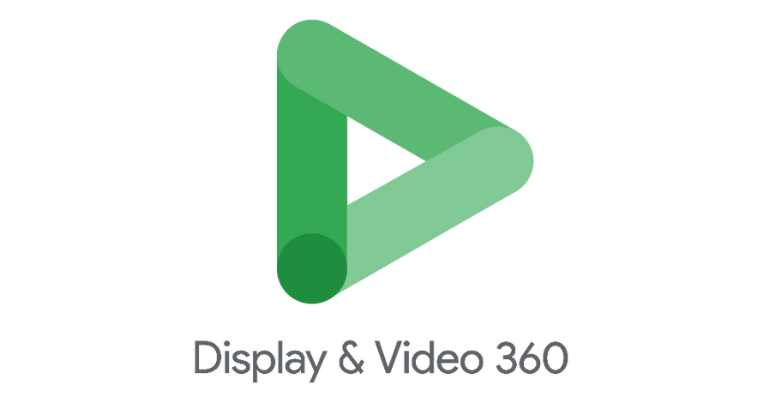
### What is Outstream Video Advertising?
Outstream video advertising is all about placing video ads outside the usual video players. Instead of showing your ad in a typical video player, like YouTube, you can place it in articles, social media feeds, and mobile apps.
This means that you don’t need a video to already be playing on the site for your ad to show up. Your video ad can appear in the middle of an article, even if the page is just text or images. It blends in naturally, making it less intrusive.
And just like with other ads, you can target specific audiences using demographics, browsing behavior, and more to make sure your ad reaches the right people.
#### Types of Outstream Video Ads
Outstream video ads come in three main flavors:
▶️ **In-page** – A custom video player is added to a website to display video ads.
▶️ **In-banner** – These look like regular display ads but with video, often sitting at the top of a website.
▶️ **In-text** – These ads pop up within the text of an article and start playing when the user scrolls down to a certain point.
Knowing the different types of outstream ads can help you pick the right one for your campaign and better connect with your audience.
#### Instream vs. Outstream Video: What’s the Difference?
You’ve probably heard about instream video ads if you’ve dug into video advertising before. They’re often mentioned alongside outstream ads because they’re part of the same ecosystem. While they share some similarities, they’re actually two different beasts, each with its own strengths and weaknesses.
A **Brandbid report** shows that most video ad budgets still go towards instream videos, with 65% of marketers spending between 41-100% of their budgets on them. However, outstream video ads are starting to get more attention, especially as they begin to outperform in-banner videos.
So, how do you decide which is best for your brand? Let’s break it down.
#### Instream Video Ads vs. Outstream Video Ads
**📍 Video Ad Placement:**
The biggest difference is where these ads show up. Instream ads play within a video, like on YouTube, either before, during, or after the content. Outstream ads, on the other hand, show up outside of video players, often within articles.
**🕹️ Viewer Control:**
Both types of ads often autoplay, but outstream ads might need some user interaction to get started. Instream ads can be skippable or unskippable, while outstream ads are usually easier to scroll past or close.
**🔊 Sound:**
Instream ads are more likely to include sound, whereas outstream ads are often designed to work without it.
**👀 Viewer Experience:**
Instream ads can interrupt what you’re watching, making them more disruptive. Outstream ads are generally seen as less intrusive since they don’t stop the content you’re enjoying.
**📊 Completion Rate and Visibility:**
Instream ads usually have higher completion rates because they’re part of the main content. Outstream ads can be easier to ignore or scroll past, so they tend to have lower completion rates.
**⏳ Length:**
Instream ads are typically shorter since longer ads might frustrate viewers. Outstream ads can be longer, giving you more room to tell your story.
**🎯 Targeting:**
Both formats offer similar targeting options, like demographics and behavior, making it easy to reach the right audience.
**💼 Best for:**
Instream video ads are great for reaching large audiences with high-quality content, perfect for boosting brand awareness. Outstream ads are often better for driving traffic to your website or increasing app installs.
#### Pros and Cons of Using Outstream Video Ads
Before you dive into outstream video ads, it’s worth weighing the pros and cons.
**Benefits of Outstream Video:**
✔️ **Expanded Reach:** Outstream ads can appear on almost any webpage, giving you a broader audience.
✔️ **Increased Brand Awareness:** These ads help you reach people who might not be actively looking for your product, boosting your brand's visibility.
✔️ **Flexibility:** No need for a video player means more flexibility in where your ads can go.
✔️ **Less Intrusive:** These ads don’t interrupt content, so they’re less likely to annoy viewers.
✔️ **Targeting Options:** You can use location, device, interests, and more to reach the right people.
✔️ **Better Engagement:** Video is a popular format, and outstream ads can capture attention and drive engagement.
✔️ **Transparent Measurement:** You can track performance with metrics like viewability and completion rates.
**Drawbacks of Outstream Video:**
⚠️ **Requires Experience:** You’ll need some know-how to run outstream campaigns effectively.
⚠️ **Ad Visibility:** Outstream ads can be easier to miss since they’re not in the main content stream.
⚠️ **Ad Blocking:** Some users may have ad-blockers that prevent your ads from being seen.
⚠️ **Ad Placement:** Poorly placed ads can lead to accidental clicks or frustration.
#### What’s Next for Video Advertising?
Video advertising is booming. In Europe, over 90% of marketers are using digital video to drive brand goals. Spending on digital video ads is also on the rise in the US, expected to hit $78.5 billion by the end of 2023.
With new formats like CTV, AI, and AR emerging, video advertising is only going to get bigger. This growth is fueled by better measurement, improved user experiences, and the ability to run ads across multiple devices.
#### Tap into Outstream Video Advertising
Outstream video ads are gaining ground as a powerful way to reach your ideal customers. Their unique placement outside traditional video players gives you more flexibility in where your ads appear.
As digital video continues to grow, outstream ads will play a key role in helping brands expand their reach, increase awareness, and improve their bottom line.
